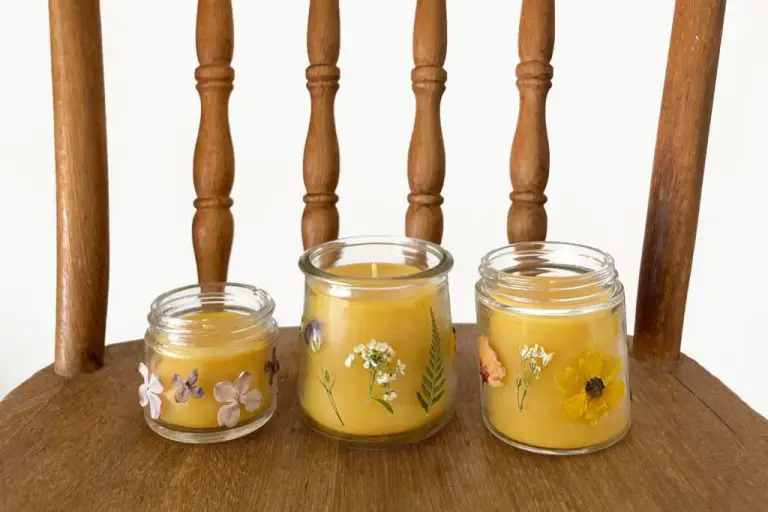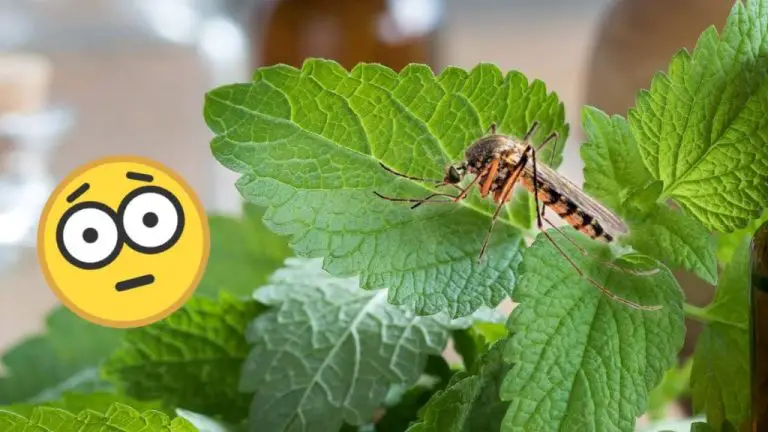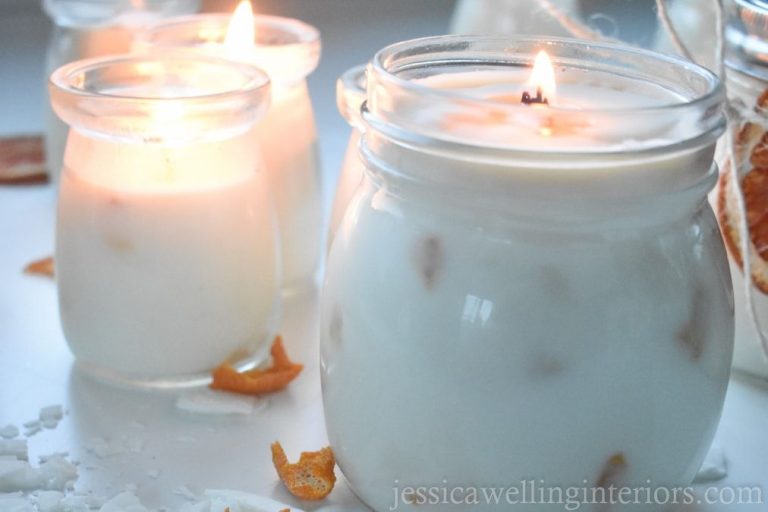What Are Candles Traditionally Made From?
Candlemaking dates back thousands of years, with evidence of candles being used in ancient China, Egypt, and Rome. Candles served both practical and ceremonial purposes, providing light and representing celebration or remembrance. The ingredients used traditionally for candlemaking were animal fat tallow, beeswax from hives, and plant waxes.
Beeswax was expensive and typically reserved for church candles or the wealthy. Animal fat tallow was more widely available and affordable. Plant waxes like bayberry and paraffin were also common early candle ingredients. Over time, technology and processing allowed for purer forms of waxes that burned cleaner and were cheaper to produce.
While methods have evolved, the purpose remains similar – candles provide lighting and ambiance. They continue traditions of celebration, ceremony, and decoration. From ancient times to today, candles symbolize hope, remembrance, prayer, and transition.
Beeswax
Beeswax is a natural wax produced by honey bees. It has been used in candle making for thousands of years, dating back to ancient Egypt. Beeswax has a high melting point of around 145°F to 147°F. It is composed of fatty acids, long chain alcohols, and plant-based waxes.
Some advantages of beeswax candles are that they burn longer and cleaner than other candle waxes. Beeswax candles do not release toxins in the air as they burn. The scent is also subtle and honey-like. However, beeswax candles can be more expensive and difficult to work with. They burn slower, requiring more patience. Beeswax is also prone to frosting in cold conditions.
Beeswax was the main candle wax used historically before the rise of paraffin in the 1850s. It fell out of favor as paraffin became cheaply available from petroleum refining. But natural beeswax candles had a resurgence starting in the 1970s with renewed interest in natural products and craftsmanship. Although paraffin is still dominant, many candle makers today blend beeswax with other waxes. The natural, non-toxic properties of beeswax make it appealing for environmentally conscious consumers.
Tallow
Tallow is a rendered form of beef or mutton fat that comes from suet. It was one of the primary materials used for candlemaking before more modern waxes became popular. Tallow has a high melting point and helped provide a slow, steady burn in early candles.
Tallow was easy to source as a byproduct from butchering cows and sheep for meat. The fatty tissues around the kidneys and loins provided high quality suet that was melted down and purified to make tallow. Candlemakers would collect suet from local butchers and render out the tallow in their candle shops.
For centuries, tallow candles were the most common kind of candle in Europe. The first known candle shop opened in Paris in the 13th century, primarily making tallow candles. Colonial Americans also relied heavily on tallow for candlemaking due to its availability and low cost. The drawback with tallow is it produced more smoke and odor than beeswax candles.
Paraffin Wax
Paraffin wax first became commercially available in the late 19th century as a byproduct of petroleum refining. Chemists discovered that distilling the crude oil from petroleum created a heavy residue that, when cooled, formed a white, odorless, tasteless wax solid.
Unlike natural waxes such as beeswax or tallow that needed to be collected from animal and plant sources, paraffin wax could be produced efficiently in large quantities. Paraffin was also cheaper than other waxes and burned cleanly. These advantages made paraffin wax ideal for mass production of candles.
Today, paraffin is the most common candle wax used. Its low cost, excellent burning properties, and ability to hold color and scent makes it the preferred choice for candle making on a commercial scale. Paraffin’s versatility also allows candle makers to blend it with other waxes. Though not from a renewable source, paraffin remains popular due to its reliability in candle production.
Palm Wax
Palm wax comes from the palm oil derived from palm trees. It is made by hydrogenating palm oil, which converts the oil into a solid wax. Palm wax is a creamy-white color and has a high melting point, making it firm and durable at room temperature.
Palm wax contains no petroleum, is biodegradable, and burns cleanly without producing much smoke. It also holds fragrance oils well and produces candles with excellent scent throw. Additionally, palm wax helps anchor fragrance so candles have less fragrance fade over time.
However, palm wax raises environmental concerns. Palm oil production contributes to deforestation and habitat loss in areas like Malaysia and Indonesia. The palm oil industry has devastated forests to make room for more palm plantations. This destroys the habitat for endangered wildlife like orangutans, elephants, rhinos, and tigers.
Soy Wax
Soy wax is a relatively new type of wax that has become popular for candle making in recent years. It is made from hydrogenated soybean oil and was first developed in the 1990s as a renewable and environmentally friendly alternative to paraffin wax.
Compared to paraffin wax, soy wax burns cleaner and is biodegradable. It also requires less frequent trimming of the wick during burning. Additionally, soy wax has a lower melting point than paraffin, allowing candles to be poured at lower temperatures.
The use of soy wax in candle making has risen dramatically since the 2000s. This is largely due to consumer demand for natural and sustainable products. The natural scent of soy wax also provides for excellent fragrance throw in candles. As more manufacturers begin offering soy wax options, it continues to grow in popularity among candle makers and consumers.
Beeswax Blends
One common practice with beeswax is to blend it with other waxes to create customized candles. Beeswax on its own has a high melting point and can burn hot, so mixing it with other waxes helps modify the burn properties. Soy wax and paraffin wax are commonly used in beeswax blends. The soy wax helps lower the melting point and makes the candles easier to work with, while the paraffin improves the burn time. Coconut wax may also be blended with beeswax to make the candles harder while maintaining a lower melting point. Beeswax is a versatile base wax that can be tweaked as needed by blending with other waxes. The proportions can be adjusted to find the right formula for optimal burn, texture and fragrance throw. Blending beeswax allows candle makers to take advantage of its natural properties while customizing the end product.
Wicks
The wick is a crucial component of a candle. Early wicks were commonly made from cotton or hemp fibers. Today, most commercial wicks contain cotton or paper fibers that have been treated with special chemicals to help control burn rate and reduce mushrooming (when the tip of the wick curls over as it burns).
Over time, braided and flat woven wicks were developed to maximize capillary action, or the wick’s ability to draw melted wax up to the burning tip. Without a properly constructed wick, the candle will tunnel or drown. An ideal wick promotes complete wax consumption and consistent flame height.
Choosing the right wick is imperative for proper candle performance. The wick must be wide enough to soak up sufficient fuel but narrow enough to avoid excessive smoking or a flame that is too large. Wick selection depends on variables like the diameter of the candle, type of wax, presence of additives, and more. Testing is required to find the optimal wick for a particular candle formulation.
Dyes and Fragrances
Candle makers often add dyes and fragrances to candles to enhance their appearance and scent. These additives can be either natural or synthetic in origin.
Natural dyes like turmeric, saffron, and beetroot powder have been used for centuries to color candles and soaps. Similarly, essential oils extracted from flowers, fruits, herbs, and spices have provided traditional candle fragrances. Lavender, citrus, rose, and sandalwood are examples of historically popular scents.
With modern chemical manufacturing, synthetic candle dyes and perfumes emerged. Though they offer more color and fragrance options, some candle enthusiasts prefer natural additives. Synthetics may irritate skin and negatively impact indoor air quality when burned.
Today, many candle makers strike a balance. They carefully blend natural essential oils with synthetic fragrances to craft unique scented candles. Natural dyes are also often combined with synthetics for a wider palette at lower cost.
Conclusion
Candle making has traditionally relied on a variety of natural ingredients like beeswax and tallow. The 1800s brought innovations like paraffin wax derived from petroleum which allowed for mass production. The 1990s and 2000s saw a return to more natural waxes like soy and palm. While traditions have held strong, innovations continue, and there are always new potential candle making materials on the horizon.
Beeswax remains popular for its natural origin, aroma, and ability to blend well with other waxes. Paraffin remains in wide use today due to its low cost. Palm and soy waxes appeal to consumers seeking renewable and environmentally friendly options. One innovation is the use of hydrogenated vegetable oil instead of paraffin. As research brings new materials to light, the centuries-old craft of candle making continues to evolve.





